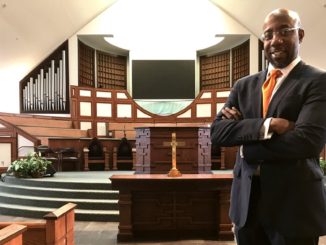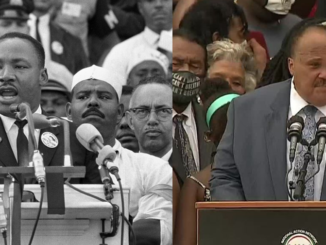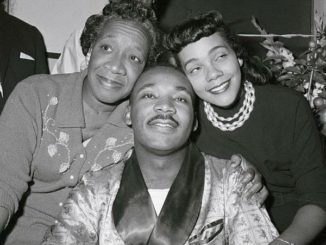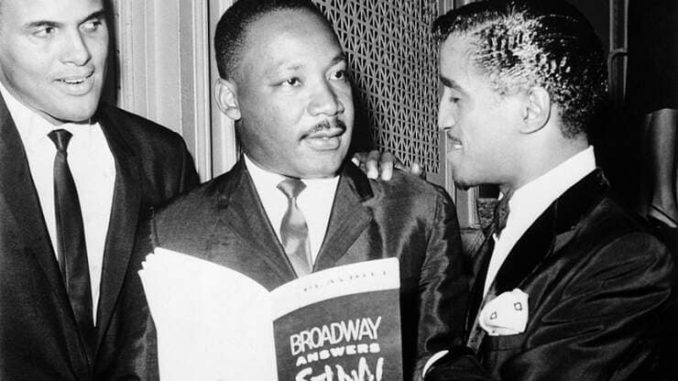
When a person moves with purpose, that person’s legacy lives on beyond the expiration of his or her earthly vessel. The same can be said of pastor, activist, and family man Dr. Martin Luther King Jr. Despite the sly ill-intent inserts into history’s recollection of the mover and shaker, the people still remember the accomplished man as someone who spearheaded the courageous movement towards equality in the U.S.
Not one to sit idly and watch the happening of the times, MLK was a person of action. A Morehouse alumnus, he had acquired his doctoral degree from Boston University by his mid-20s, became a pastor of Ebenezer Baptist Church in Atlanta, co-founded the Southern Christian Leadership Conference (SCLC), and led several boycotts, sit-ins, marches, peaceful protests, press conferences, and history-changing speeches.
Indeed, MLK’s life was not in vain, but served to progress the greater good as much as one human man can do. Even with this, the greatest impact he had was on the people that knew him well — his family, friends, and peers.
Now, what would’ve been his 93rd birthday, we celebrate Dr. King through portrait and spirit.
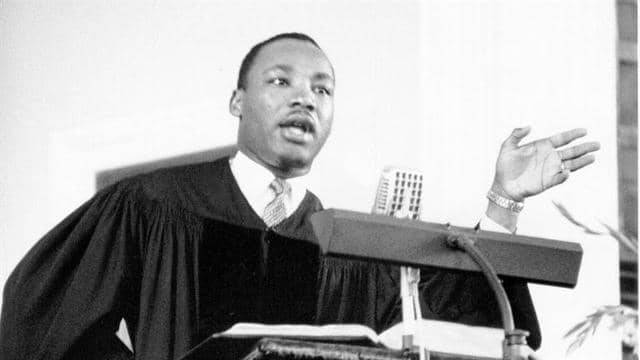
After King graduated from college, he would become co-pastor of the historic Ebenezer Baptist Church in Atlanta, Georgia. The role has been a part of a long legacy of pastors in King’s lineage where his maternal grandfather Adam D. Williams took the position in 1894. King’s dad, Martin Luther king Sr., obtained the assistant pastor role in 1927, which eventually evolved into lead pastor. King served as co-pastor alongside his father from 1960 until his death in 1968.
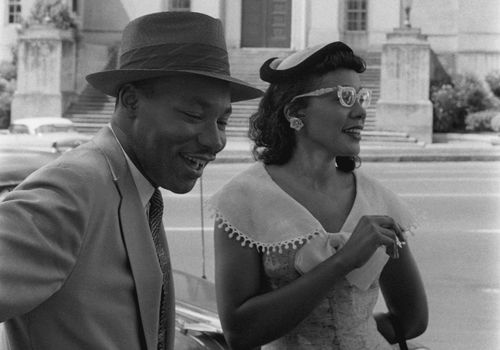
Martin Luther King Jr. was well-known for being family oriented. He met his future wife, graduate student and singer Coretta Scott, while she was attending the New England Conservatory of Music in Boston, Massachusetts. Within a few weeks of dating, MLK knew that Scott would be his wife. The couple married in June 1953 and proceeded to have four children, two daughters and two songs. Martin and Coretta were married for 15 years before his assassination.
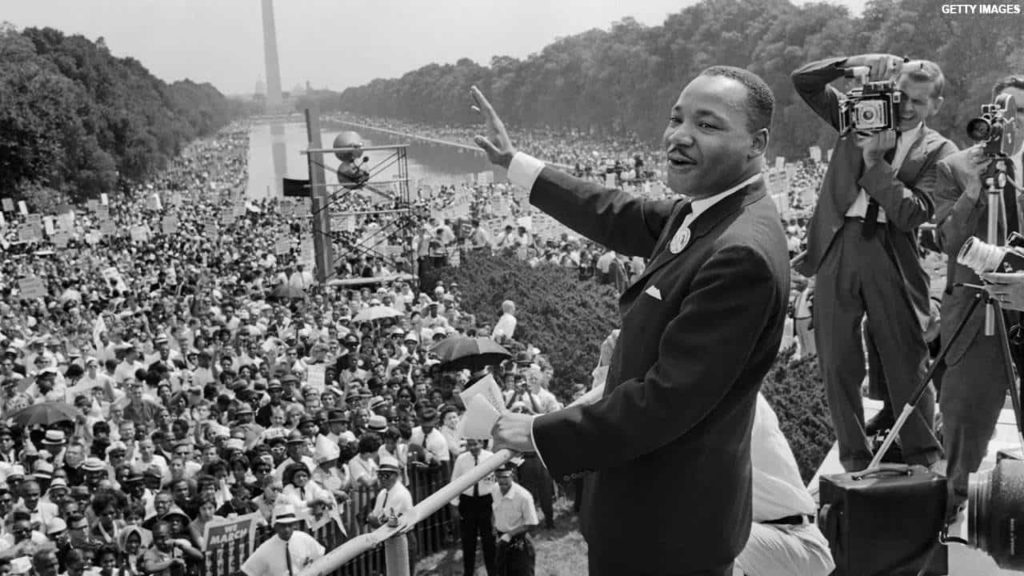
On August 28, 1963, a quarter of a million people showed up at the Lincoln Memorial in Washington, D.C. for the March on Washington. The march would call for integrated education, employment opportunities, and an end to police brutality, among other civil rights. It would be at this eventful occasion that King delivers the timeless speech “I Have a Dream,” where the reverend spoke about the lack of progress in freedom and equality for the Black American.
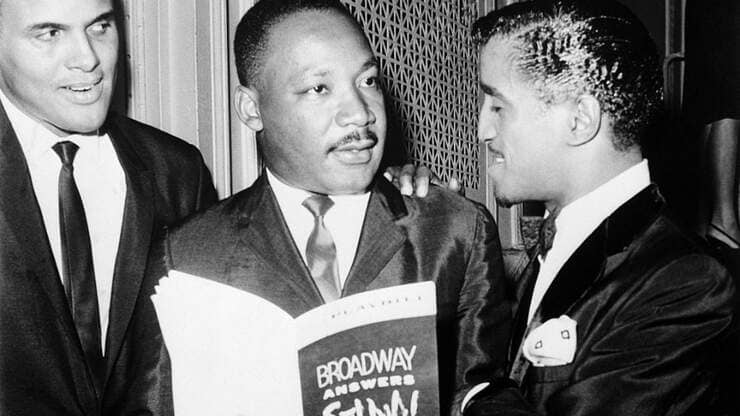
King had much counsel during his years on Earth. His rolodex was filled with powerful key players from various walks of life. Making his acquaintance was actor Harry Belafonte, author James Baldwin, Rat Pack singer-comedian Sammy Davis Jr., boxing champion Muhammad Ali, gospel singer Aretha Franklin, and baseball legend Jackie Robinson, to name a few. A notable close friend of King’s was the rabbi Israel S. Dresner, who actively participated in the Civil Rights Movement alongside King, even being arrested several times during protests. Dresner recently died on Jan. 13, 2022.
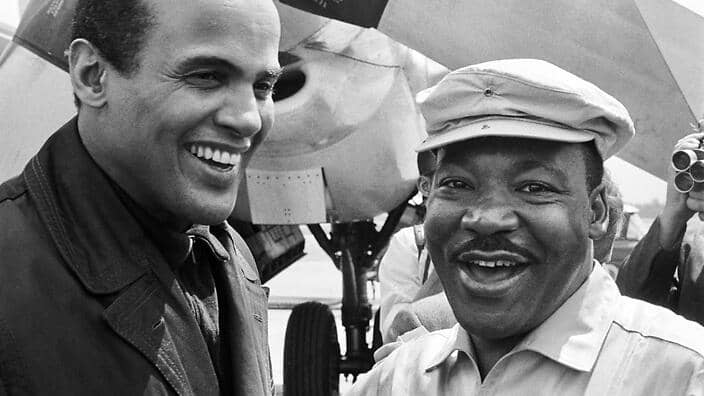
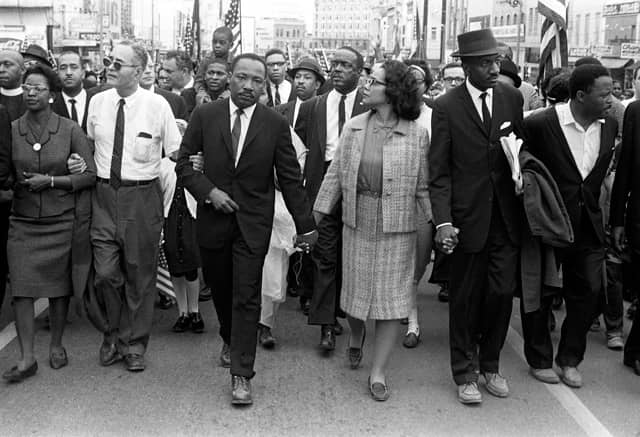
Martin Luther King Jr. leads the march from Selma to Montgomery that took place on March 25, 1965 with the intent to raise awareness on voter suppression faced by the Black community. His wife, Coretta Scott King, politician John Lewis, activists Hosea Williams, King’s right-hand man, and Ralph Bunche, the first African American to receive the Nobel Peace Prize, participated in the 54-mile march beside King. Protestors were met with racist hate groups and aggressive policemen, leaving the marchers battered and bruised, but also giving them more reason to complete the march.
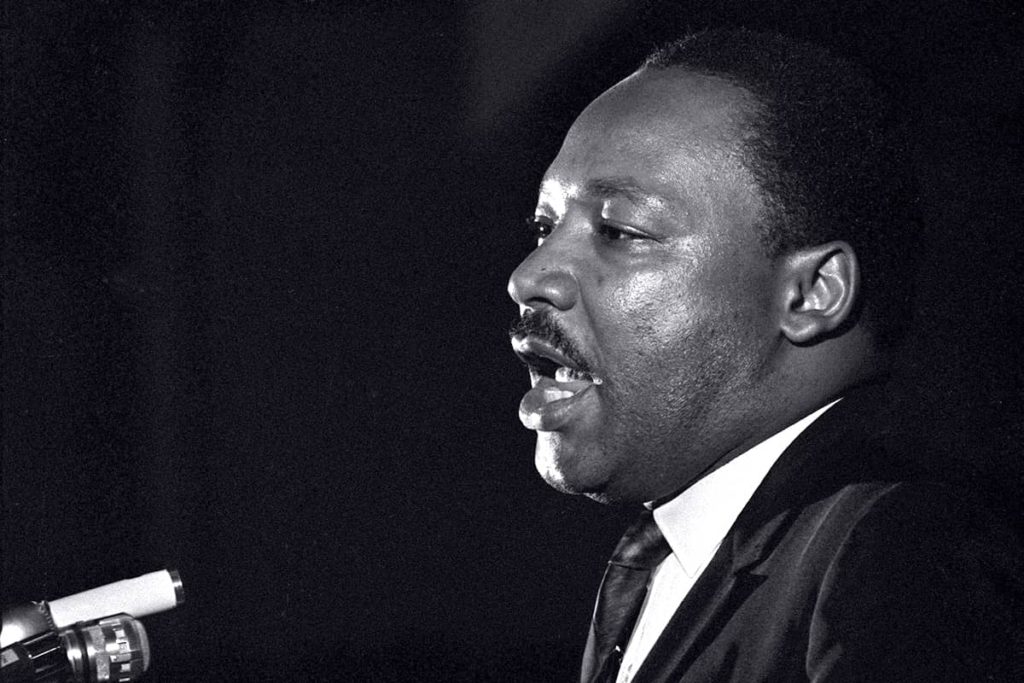
Martin Luther King Jr. delivers his last speech, “Mountaintop,” at the Mason Temple of Memphis, Tennessee on April 3, 1968. In the infamous speech, he warns those in the fight against racial injustice that he may not make it to the Promised Land with them, but that they should continue the fight for progress. He also spoke in depth about poverty and economic injustice, a touchy topic given the tactics used to shutter Black America out of the “American Dream.” He was assassinated the next day.
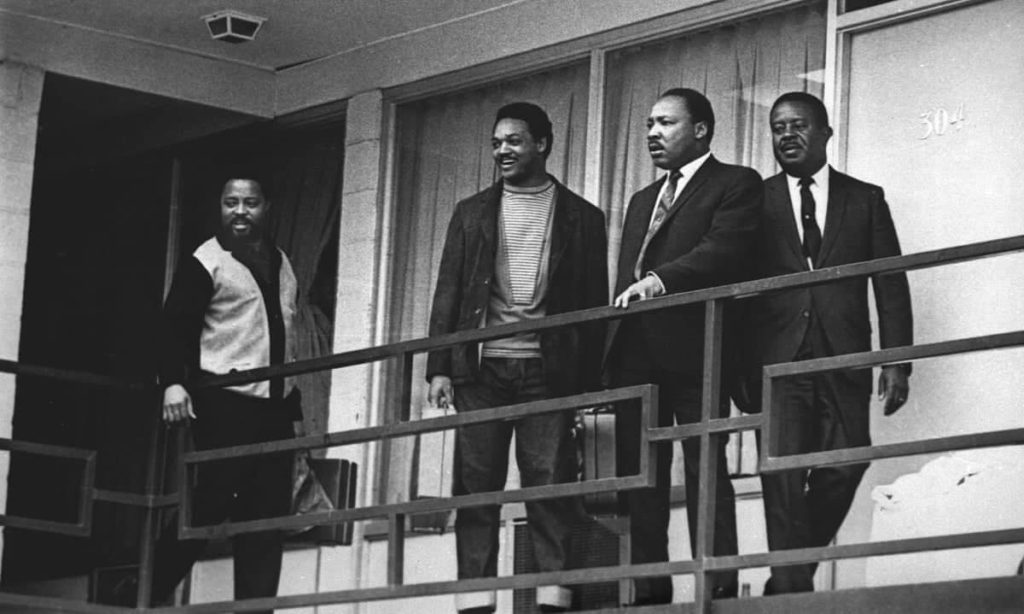
Martin Luther King Jr. was assassinated on April 4, 1968 in Memphis, Tennessee while standing on the second-floor balcony at the Lorraine Motel. The assassin, mounting his gun from a boarding house across the way from King’s motel room, took a single shot aiming at King’s head. News of King’s death rattled the very fabric of America, sparking violent eruptions of riots that consisted of people dying and property damage.
Controversy still surrounds the mystery of the murderer, who many believed to be a hired hitman supported by certain government agencies. Others suspected random felon James Earl Ray, but he also left many in suspicion when he recanted his confession of killing King after being sentenced to 99 years in prison. Just like certain murders of prominent figures in history and culture, King’s death remains unsolved.
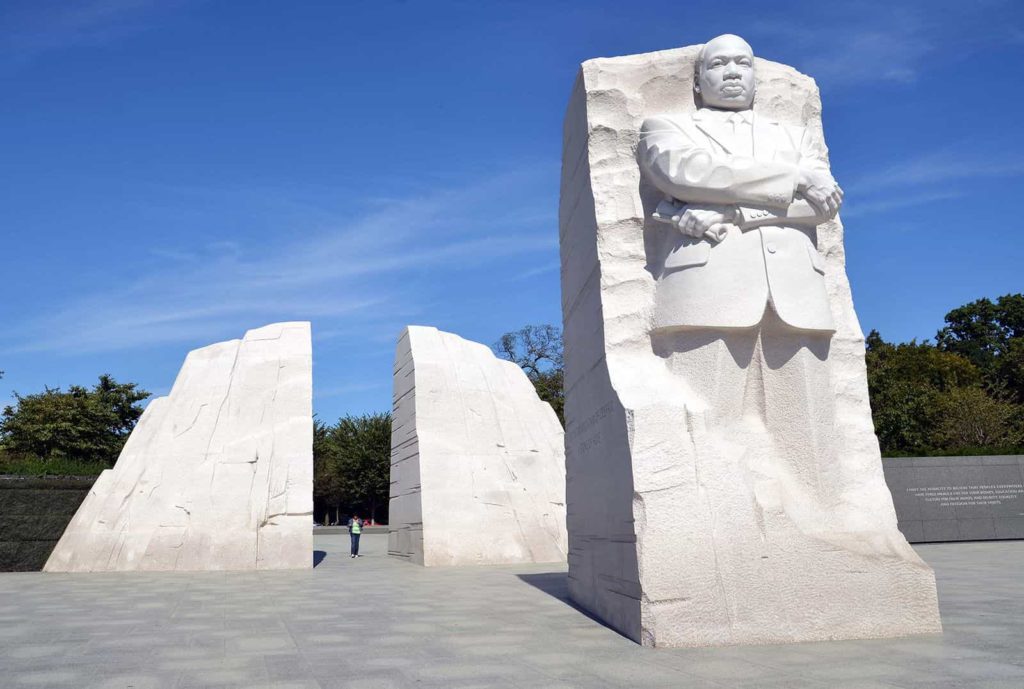
A memorial monument in honor of Martin Luther King Jr. stands near the National Mall in Washington, D.C. Inspired by King’s “I Have a Dream” speech, Chinese sculptor Lei Yixin curated the granite “Stone of Hope” monument in West Potomac Park. The memorial was the passion project of King’s fraternity Alpha Phi Alpha, and funded by donors, such as the United States Congress, Bill and Melinda Gates Foundation, Steven Spielberg, the NFL, and General Motors, to name a few.
Photos Courtesy of Getty Images

